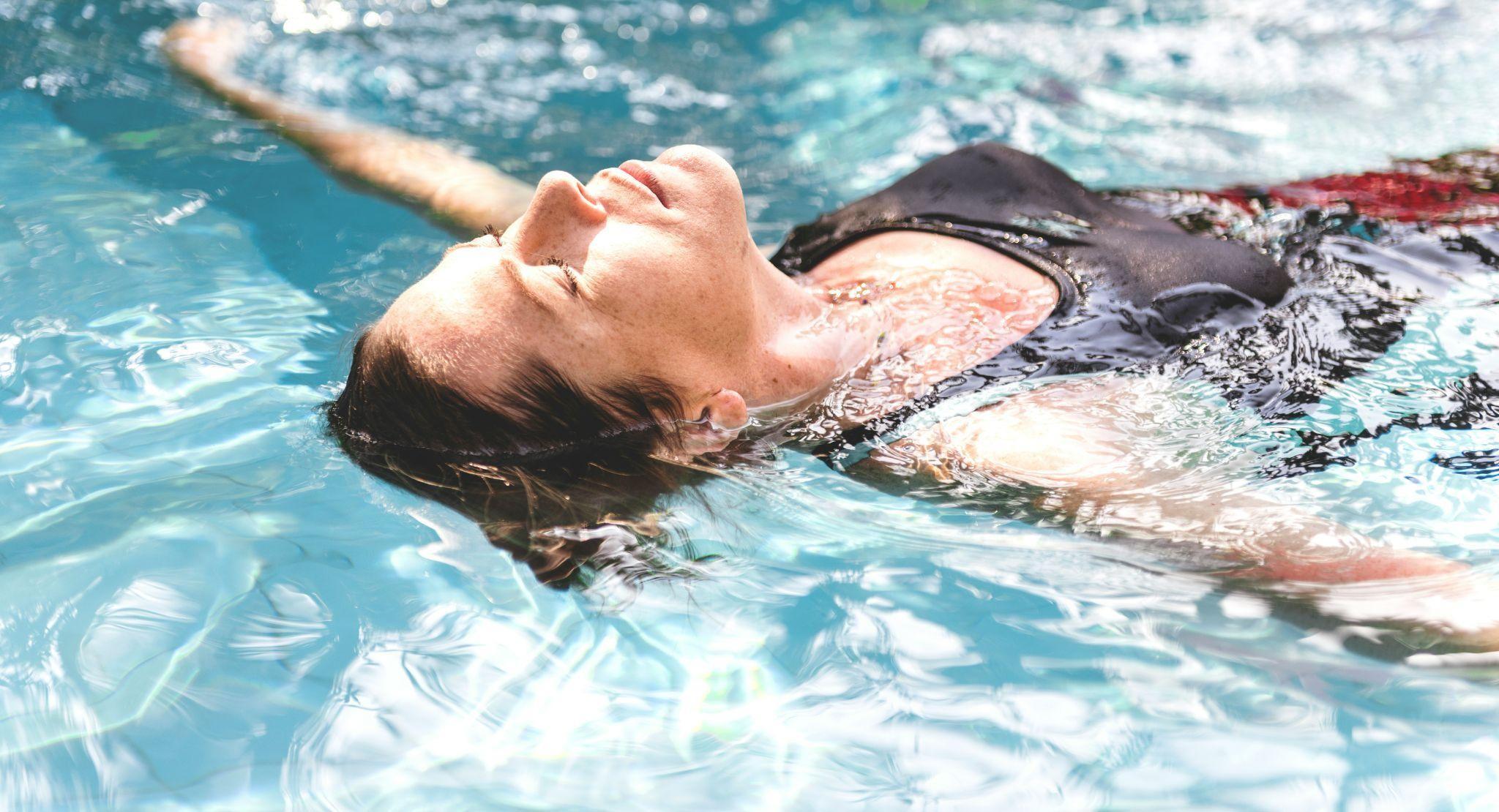






In winter, it can be hard to find activities to keep your children fit and healthy. Kids can get restless not being able to run around and stay active because of the cold weather. Swimming lessons for kids are a great way for them to remain fit while being in an indoor environment. It’s also heaps of fun!
Before diving into breathing techniques, it's important to practice a solid foundation with body positioning. Your body should remain as horizontal as possible in the water to reduce drag. Keeping your head aligned with your spine helps maintain a streamlined position, making breathing easier and more efficient.
One of the most common mistakes among those learning to swim is holding their breath underwater and gasping for air at the surface. Instead, exhale smoothly while underwater and inhale quickly when your mouth clears the surface. This controlled breathing rhythm prevents oxygen depletion and reduces tension in your strokes.
Each swimming stroke has its unique breathing technique. Understanding these distinctions will help you optimise your performance.
Freestyle breathing needs a well-coordinated side breath. Instead of lifting your head forward, which can disrupt your stroke, rotate your head to the side, keeping one eye under the water. Try bilateral breathing, where you alternate sides every few strokes. You can even keep count to every three strokes during your swimming lessons. This drill promotes better stroke balance and muscle symmetry.
Butterfly breathing is all about timing. Instead of breathing every stroke, you take a breath every two strokes. What’s important is to lift your head naturally during the arm recovery phase without overexerting your neck muscles. Make sure to keep the breath quick and low to the water to help maintain momentum.
In breaststroke, your breathing cycle happens during the glide phase. Since this stroke naturally allows for a breath every stroke, the challenge is maintaining a relaxed and steady rhythm. Ensure your head lifts with your stroke and your breath is quick before returning to the water smoothly.
Breathing in backstroke is simpler, as your face remains above the water. However, many swimmers struggle with hyperventilation or inconsistent breathing. The best practice is to establish a steady rhythm, breathing in through the nose and out through the mouth, to maintain a relaxed state. Your swimming trainer can help you grasp this.
Once you’ve mastered the basics, consider training in advanced techniques like the ones below to improve your swimming ability further.
Hypoxic training means you reduce the number of breaths you take per lap to improve lung capacity and breath control. By gradually increasing breath-holding intervals, you train your body to use oxygen more efficiently. Yet, it’s essential to practice this technique safely, starting with short durations and increasing gradually.
Rotary breathing involves alternating breathing sides smoothly. You turn your head to one side, inhale and then turn your head to the opposite side to exhale underwater. This is commonly used in freestyle swimming, and it balances muscle development, prevents overuse of one side, and improves overall efficiency. Practising rotary breathing drills can help make this technique feel more natural.
Remember, breathing training doesn’t have to be limited to the pool. You can also try dryland exercises to strengthen respiratory muscles and improve breath control. Plus, these exercises are especially helpful for competitive swimming, as they develop more speed in the water with higher strength than swim training alone.
Also known as belly breathing, this technique refers to inhaling deeply through your nose to expand your diaphragm rather than your chest. This helps in greater oxygen intake and improves overall breath efficiency.
Including breathing drills in your practice can refine your technique and increase confidence in the water. Here are a few effective drills:
This drill helps balance your stroke and develop stronger breath control. Instead of breathing on the same side for every stroke cycle, alternate sides every three or five strokes.
Using only one arm at a time while swimming freestyle helps you focus on proper breathing, timing and body rotation.
Try placing a small paddle or flat object on your head while swimming freestyle. The goal here is to keep the paddle in place, ensuring minimal head movement while breathing.
Improving your breathing takes consistent practice. Our Auckland swimming school uses the following tips to integrate these techniques into your training routine:
Set specific breathing goals for each session, such as reducing unnecessary breaths per lap.
Monitor progress and adjust techniques based on performance.
Maintain patience and consistency because mastering breath control takes time.
Breathing efficiency is one of the most critical aspects of swimming performance. By focusing on proper technique, rhythm, and advanced training methods, you can significantly improve your endurance and stroke efficiency.
Join us at Aqua Artist Swimming School and learn from expert instructors who will guide you through personalised breathing drills and techniques. Whether you’re swimming for fitness or looking to refine your skills as a competitive swimmer, our swim training programmes are designed to help you breathe easier and swim faster. Book a session today and experience the difference proper breathing can make in your splash!